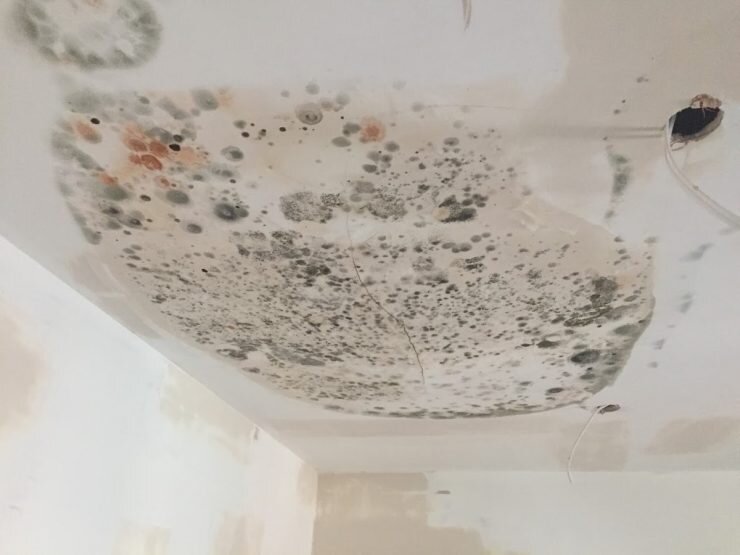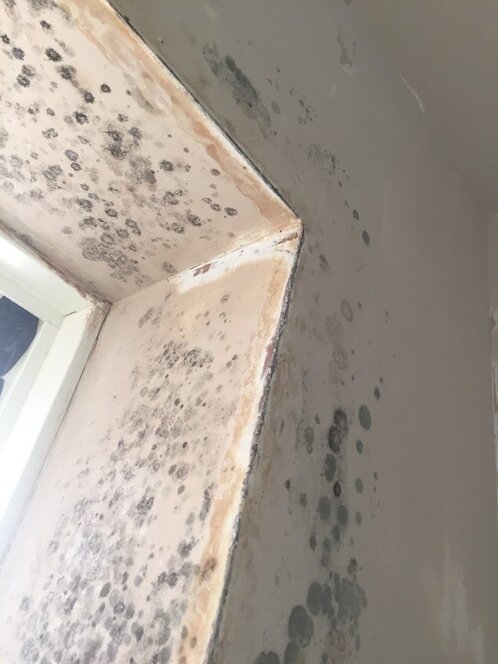Sounds interesting?
We look forward to discussing the details with you to make the best out of this CPD for you and your team.
I’m interested in an educational workshopMoisture causes all sorts of havoc when it accumulates where it’s not supposed to. These are the simple steps you can take to avoid that happening.
Moisture causes all sorts of havoc when it accumulates where it’s not supposed to. These are the simple steps you can take to avoid that happening.
We’re all busy, right? We don’t all have time to read lengthy technical articles. But, if something goes wrong in the building fabric it creates major headaches for everyone.
So, we need three minutes of your time to make sure you’re building a moisture-safe construction.

Mould and staining caused by excess moisture in a roof. This looks like a very early failure.
Moisture causes all sorts of havoc when it accumulates where it’s not supposed to:
While an increased heat loss due to moisture is uncomfortable and unnecessary, it is unlikely to be highlighted as a defect in itself. But things get messy, and even downright dangerous, once mould appears.
Three of the four issues listed are caused by mould growth. So, let’s get more acquainted with it.
Of the conditions required for mould growth:
All are unavoidably present in buildings. However, one we can control is the moisture content.
Moisture, humidity, steam, damp, condensation; Where does it come from?
So, leaks from outside can be the cause of the damage. But equally, the moisture could be tracking from inside, or have been built into the fabric from the start.
“By preventing moisture getting into the building fabric, and by allowing any trapped moisture to escape, we can keep the humidity low & the chance of mould growth away.”

Window reveals are often the first place to show mould, due to the thermal bridge here.
Follow these to ensure the best chance of a long, dry & happy life for your building:
We recommend special attention in flat roofs, as we highlighted in the blog post about the vapour control layer SIGA Majrex®. Rules for a flat roof:

Earn RIAI credits (if you’re in Ireland) or RIBA credits (if you’re in the UK) by attending one of our airtightness CPD workshops – in your very own conference room, tailored to your needs, your questions, your challenges.
We look forward to discussing the details with you to make the best out of this CPD for you and your team.
I’m interested in an educational workshopBertie has practised building services engineering and sustainability consulting in the UK for 15 years. He is a certified PassivHaus planner. He is on a mission to help you deliver a high-quality building, one that does what it says on the tin.
Added to my cart